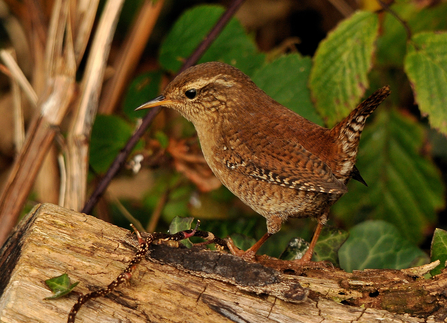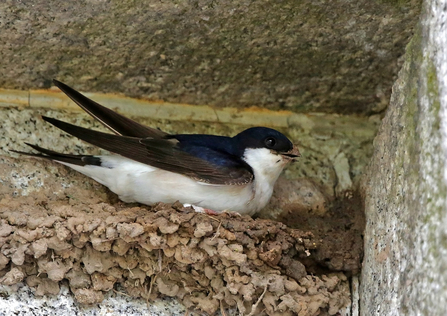Let’s look at some of our common garden nesters.
Robin
The female builds the nest and does all the brooding, with the male bringing food to her. At first, the female broods the newly hatched chicks while the male brings food for all; later both sexes feed the chicks. The male defends the territory. As robins can raise two or even three broods a year, the male may take care of the fledglings while the female starts on the next brood.
Blackbird
The nest is built by the female, and the eggs are incubated solely by her. The young are tended by both parents. Blackbirds, like robins, produce two, three or even four broods a year, so caring for older fledglings can be taken over by the cock bird. Young blackbirds are tended by their parents for around three weeks after leaving the nest.



